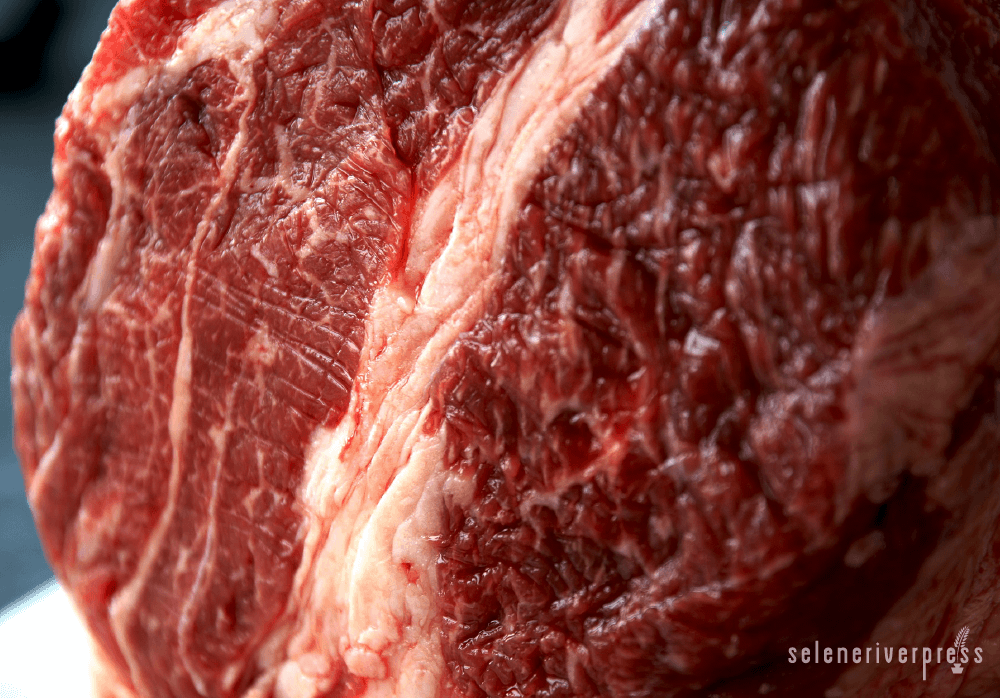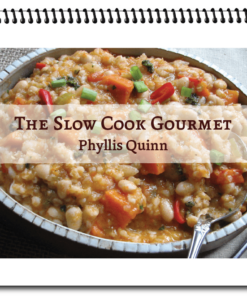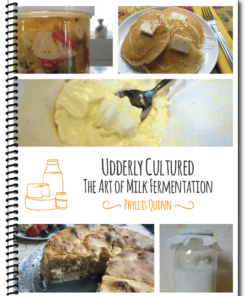Ask Chef Phyllis:
The time between Thanksgiving and Christmas is very busy for me, but not for the obvious reasons. When the ski lodges open, everyone comes to our house for the Thanksgiving break. They also come for the school break between Christmas and New Year’s. Our family serves roast turkey for both Thanksgiving and Christmas. In between, I usually make a prime rib, which feeds a large crowd and makes for good leftovers. In the past, my prime rib has been overcooked and somewhat dry. I need a better method for cooking this expensive meat or an alternative that’s just as good. Since they all love a beef roast and we’ve had enough turkey by this time, do you have any suggestions?
—Helen Riordan Morrison, Burlington, Vermont
An English standing prime rib, the king of beef roasts, can be cooked to perfection every time. Its closest competitor is chateaubriand, a whole tenderloin wrapped in bacon and bathed in a béarnaise butter sauce to keep it juicy. Though it’s equally delicious and just as tender as a prime rib roast, chateaubriand is an entirely different cut of meat with a completely different cooking method. However, both roasts are extremely festive, and each is a masterpiece in its own right. You’ll get great results each and every time with the following simple cooking methods.
Never Fail Prime Rib
In this recipe, everything through step 4 may be done in the morning or afternoon. Simply start at step 5 about an hour before serving.
Ingredients
- 1 standing English rib roast (any size works, but 6–10 ribs is adequate for a large group)
- Kosher or coarse sea salt
- Coarsely ground black pepper
- Garlic powder (optional)
- Onion powder (optional)
- Special equipment: open roasting pan
Instructions
- Remove the roast from the refrigerator. Let stand until it reaches room temperature, about 1 hour.
- Preheat oven to 375°F. Season the meat with salt and pepper and, if desired, garlic and onion powder.
- Place in an open roasting pan and roast, uncovered, for exactly 1 hour.
- Turn off the oven, but do not remove the meat—or open the oven door—at any time.
- About half an hour to an hour before serving, bring the oven temp back to 375°F.
- For medium rare to medium: roast an additional 20–30 minutes. For well done: roast an additional 40–50 minutes.
- Remove from the oven. Keeping it warm, allow the roast to rest for about 15 minutes before slicing. This step allows the juices to return back to the meat.
Chateaubriand
Chateaubriand is the whole center cut of a fillet of beef from the tenderloin. Although not quite as flavorful as prime rib, it’s still highly prized for its extreme tenderness. When cooked and seasoned to perfection, it makes an excellent choice for any beef lover.
Ingredients
- 4½–5 lbs. whole tenderloin, ends cut off (should be even in size, not narrow at the ends)
- Sea salt or coarse salt
- Black pepper
- 12–16 thick slices nitrate-free bacon (about 1 lb.)
- 8 tablespoons butter, melted
- 2 bunches watercress, for garnish
- Béarnaise sauce, optional
Instructions
- Remove meat from the refrigerator and bring to room temperature.
- Preheat broiler to high. Season the meat with salt and pepper. Wrap it with bacon, making sure each strip touches the other. Secure if necessary. Brush the whole bacon-wrapped tenderloin with melted butter.
- Place the meat on a rack about 4 inches beneath a very hot flame or heating element. Brown for 2–3 minutes on all sides. Turn and baste with more butter if necessary.
- Chateaubriand is nearly always served rare. When the center offers slight resistance to the pressure of your finger, it’s sufficiently cooked. Remove from broiler. Rest the meat for 5 minutes.
Arrange the watercress on a hot platter. Cut the tenderloin into 12–18 slices and, if desired, serve with a dollop of béarnaise sauce for an extra special touch.

AUTHOR’S NOTE
To choose your organically grown and fresh ingredients wisely, use the following criteria:
- chemical- and hormone-free meat
- wild-caught fish
- pasture-raised, organic eggs
- whole, unrefined grains
- virgin, unrefined, first-press organic oils
- whole-food, unrefined sweeteners
- pure, clean, spring water
- sea salt
- raw and/or cultured milk and cream products




